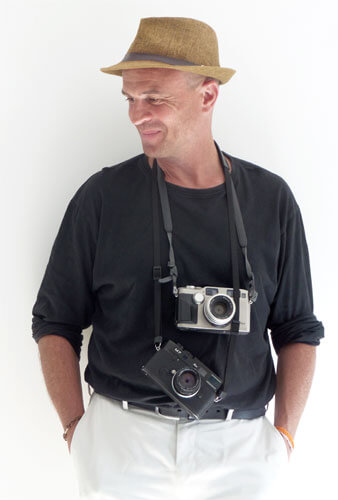Thierry Clech is a French photographer based in Paris. Much of his work (exclusively in black & white films) is made during his travels (India, Ukraine, Istanbul, Tokyo...), but he also takes pictures in France, particulary in the business district of La Défense, near Paris. He published two books in collaboration with French novelists (Philippe Jaenada and Bernard Chambaz) and his work has been exhibited widely in France and abroad (Nadar Gallery, Press Club of France, Barrobjectif Festival, National Library of Belarus, FotoIstanbul Festival, BlowUp Angkor Festival in Cambodia…).
Artist statement: "Thierry Clech can see the world like nobody else. In any case, he manages to put the world rules inside the frame of his pictures. Fortunately or thanks to his instinct or I don't know how, he is often in the right place at the right time. He could have probably stayed in Paris, within the ring road, within the twenty districts of his garden, and almost get the same result - because a man is a man, wherever he is. But the world is not so wide, it was better to travel around it. Just to be absolutely sure. Go around it. Then he has been nearly everywhere on the globe, almost at random, he has stopped a few moments in a city of the northern hemisphere, by a field in the southern hemisphere, and he has come back with pictures which approximately show the same thing in the form or in substance : human beings in the heart of their environment, stuck in the setting, stifled, trapped or integrated, assimilated but not totally, always isolated, just like oil in water, anxious, absent-minded, busy or passive, fearful, overtaken by events, brave, rebellious, lost, determined or exhausted. Mankind in the setting."
Philippe Jaenada, novelist, Chevalier de l'Ordre des arts et des lettres.
Discover Saint Louis in Senegal